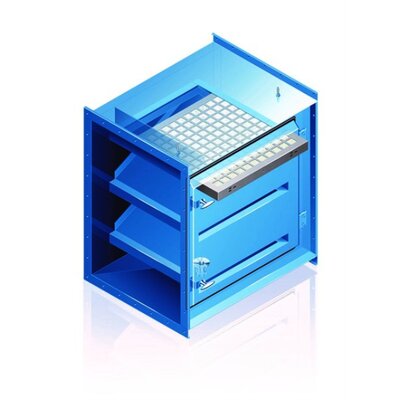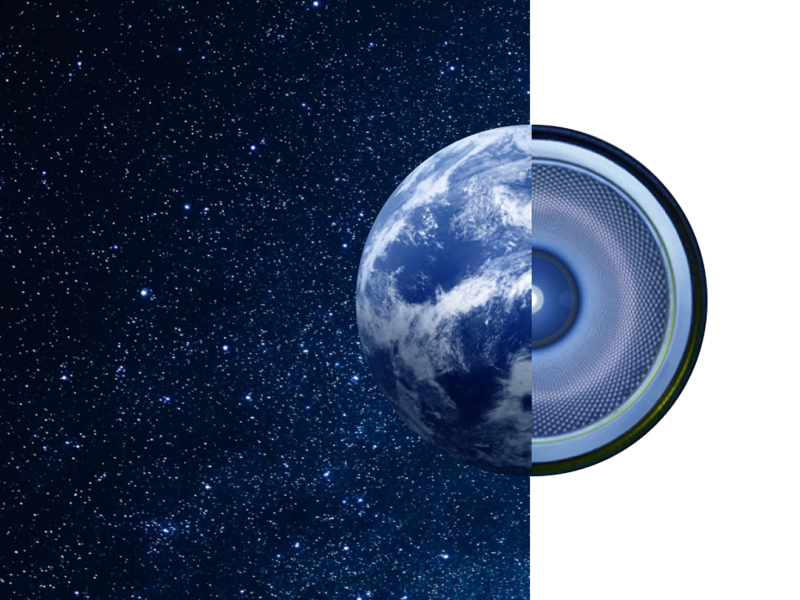The manufacture of microelectronics is the biggest driving force for future filter technology requirements. With their many years of experience, our research & development engineers are prepared to meet these extreme challenges for so-called mini-environments - which must be virtually free of dust particles.
Air filtration in the production of microchips
The production of microelectronics requires an extremely clean environment, as even the smallest particles can significantly impair the functionality and quality of the semiconductor chips. These high requirements make air filtration an essential part of production.
Challenges and requirements of air filtration
Microchip production processes, especially in clean rooms, require an atmosphere that is virtually free of particles and germs. Even a dust particle with a diameter of just a few micrometers can lead to defects in the microscopically small structure of a chip. The critical factors for air filtration in this area are
- Particle-free: the air must be free of any contaminants, including dust, aerosols and chemical residues.
- Microorganism control: Bacteria or fungal spores must not be present in the air in order to avoid contamination and loss of quality.
- Controlled air flow: Turbulence or uneven air movement can lead to particle entrapment, which is why laminar flow systems are required.
- Chemical purity: Gases or vapors from materials in the environment must be removed to prevent unwanted reactions or oxidation of sensitive components.
Air filtration technologies
Special filter systems are used to meet these requirements:
- HEPA and ULPA filters (High-Efficiency Particulate Air and Ultra-Low Penetration Air) remove over 99.9995 % of particles down to the sub-micrometer range.
- Activated Carbon Filters absorb gaseous impurities and protect production from chemical influences.
- Ionization and plasma filters are used to neutralize organic and microbial contamination.
Importance for microchip production
The development of ever smaller and more powerful semiconductor chips requires increasingly higher purity standards. Miniaturization leads to structures in the nanometer range, which means that even molecules in the air can pose a potential risk. Cleanroom technology must therefore constantly evolve to meet the increasing demands of microelectronics.
Thanks to the latest filter technologies, we can ensure that the production environments meet the strict cleanliness requirements and guarantee the consistently high quality of the microchips.



















